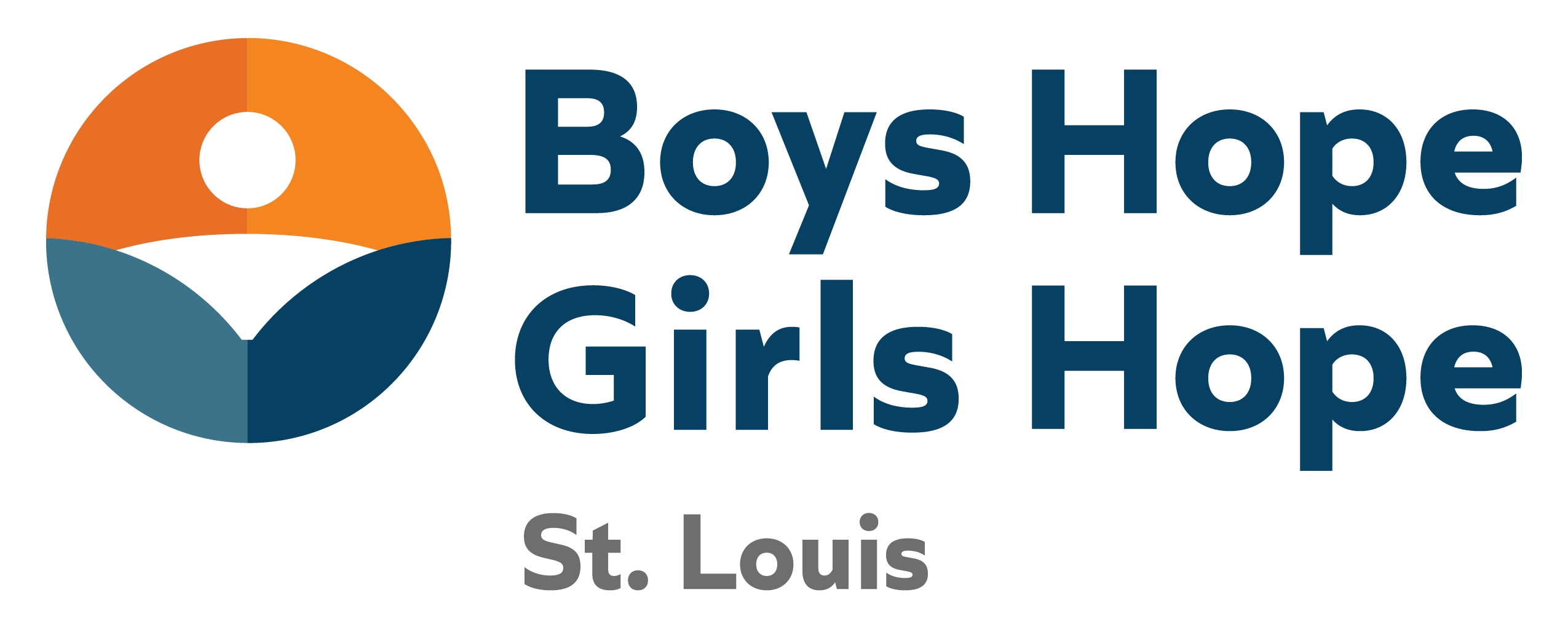We are Boys Hope Girls Hope of St. Louis
Boys Hope Girls Hope of St. Louis helps motivated middle and high school students rise above disadvantaged backgrounds. Our goal is to graduate young people who are physically, emotionally, and academically prepared for post-secondary education and productive life, breaking barriers so they can become community-minded leaders.
Boys Hope Girls Hope of St. Louis firmly believes that young people have the power to overcome adversity, realize their potential, and help transform our world. They create these successes when we remove obstacles, support and believe in them, and provide environments and opportunities that build on their strengths.
Boys Hope Girls Hope of St. Louis is a proud member of the Boys Hope Girls Hope Network. Our Network Headquarters, located in St. Louis, Missouri, connects, provides leadership to, and offers signature college-preparatory programming to affiliates across the nation, Mexico, and Guatemala. Each affiliate is independently incorporated, governed by its own board of directors, and responsible for its own fundraising. Affiliation and services agreements link the Network to ensure mission and brand fidelity, quality operations, maximum functional capacity, and consistency in training, programmatic standards, and best practices.
OUR MISSION
To nurture and guide motivated young people in need to become well-educated, career-ready men and women for others.
OUR DNA
These are the fundamental and distinctive characteristics of our organization.
Academic Focus
We believe in the transformative power of education to develop lifelong learners.
Service and Community Engagement
We believe in the Jesuit-inspired, values-centered hallmark of building “persons for others.”
Family-like Settings to Create a Sense of Belonging
We believe youth derive their energy and sustenance from exposure to nurturing environments.
Long-Term and Comprehensive Commitment
We believe an enduring relationship with youth holds the most promise for attaining positive outcomes.
Faith-Based Values
We believe that a loving God cares about the life of every individual and we manifest this belief.
Voluntary Participant Commitment
We believe in the motivational power of self-selection into the Boys Hope Girls Hope program.
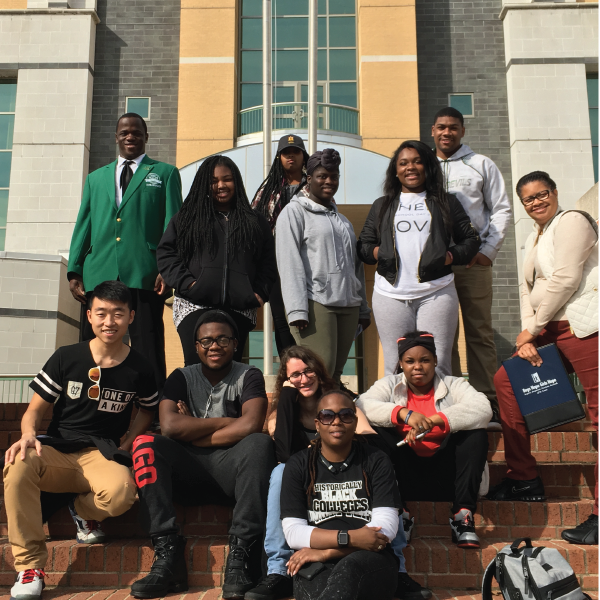
LOCAL IMPACT
Since 1977, Boys Hope Girls Hope of St. Louis has been helping scholars rise up from disadvantaged backgrounds and strive for more. Boys Hope Girls Hope of St. Louis serves youth who want to go to college and create successful futures for themselves. Our scholars have joined our program to receive support on their journey to college and beyond.
Our story doesn’t end with our outcome numbers, though they are phenomenal. There isn’t a number that is large enough to represent the character, ambition, courage and integrity of our young men and women.
See how Boys Hope Girls Hope is prioritizing Diversity, Equity, and Inclusion.
HISTORY
Boys Hope Girls Hope Founded
Began Serving Girls
Growing
Hope Prep Academy
Hope Builds
40th Anniversary
Academy Pathway Relaunch
LEADERSHIP
Boys Hope Girls Hope of St. Louis is made up of incredible people. Our leadership team and Board of Directors ensure mission fidelity, financial stewardship, and transparency. We are committed to continuous learning, effective programming, diversity, inclusion, and improvement through impact evaluation and innovation.
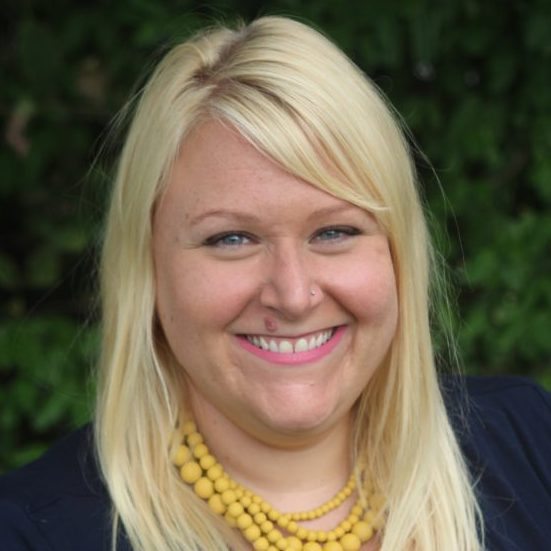
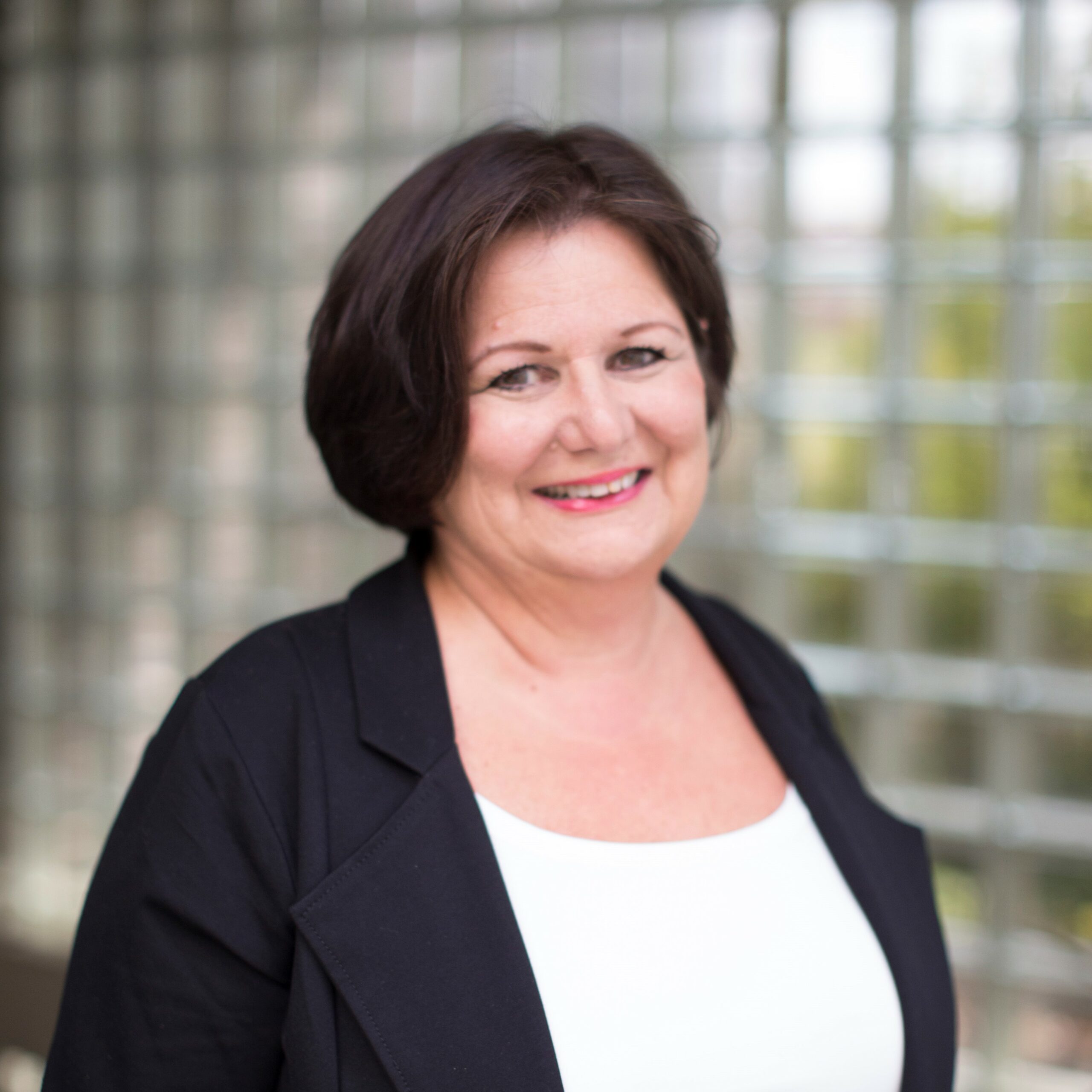
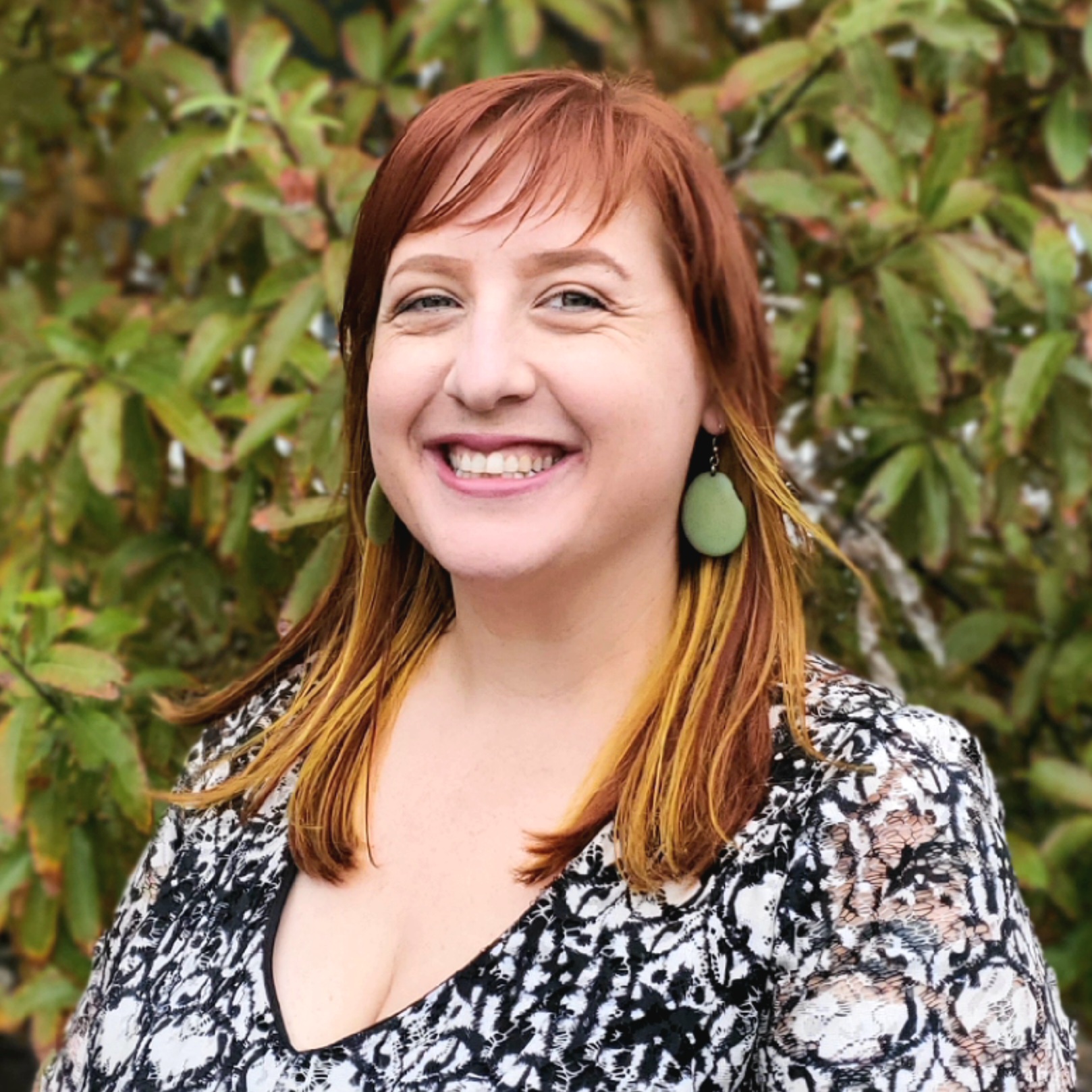
BOARD OF DIRECTORS
PRESIDENT
Andrea Barry
Deloitte
VICE PRESIDENT
Brian Branca
Dot Family Holidings
TREASURER
Mark F. Winker
UMB
Doug Bauche
Enterprise Bank & Trust
Jamie Bruce
United Healthcare Community Plan of Missouri
Adam Castellano
RubinBrown, LLP
Irasa Downing
Edward Jones
Lisa A. Flavin
Emerson
Tom Harmon
Commerce Bank
James C. Hill, Jr.
EY
J. Michael Keller
Independence Center (retired)
Karen Loiterstein
TierPoint, LLC
Shelly McNutt
Community Volunteer
Kristin Morris
Savoy Properties
Brandan P. Mueller
Husch Blackwell
Jennifer A. Noakes
Granules Consumer Health, Inc.
Kristin Ostby de Barillas
BHGH Network Headquarters
Barbara Palmer
Community Volunteer
Jake Schlater
Dot Foods
Brian Wellinghoff
Barry-Wehmiller
ASSOCIATE BOARD
CO-PRESIDENTS
Patrick Bishop
EY
Katelyn Seeman
EY
